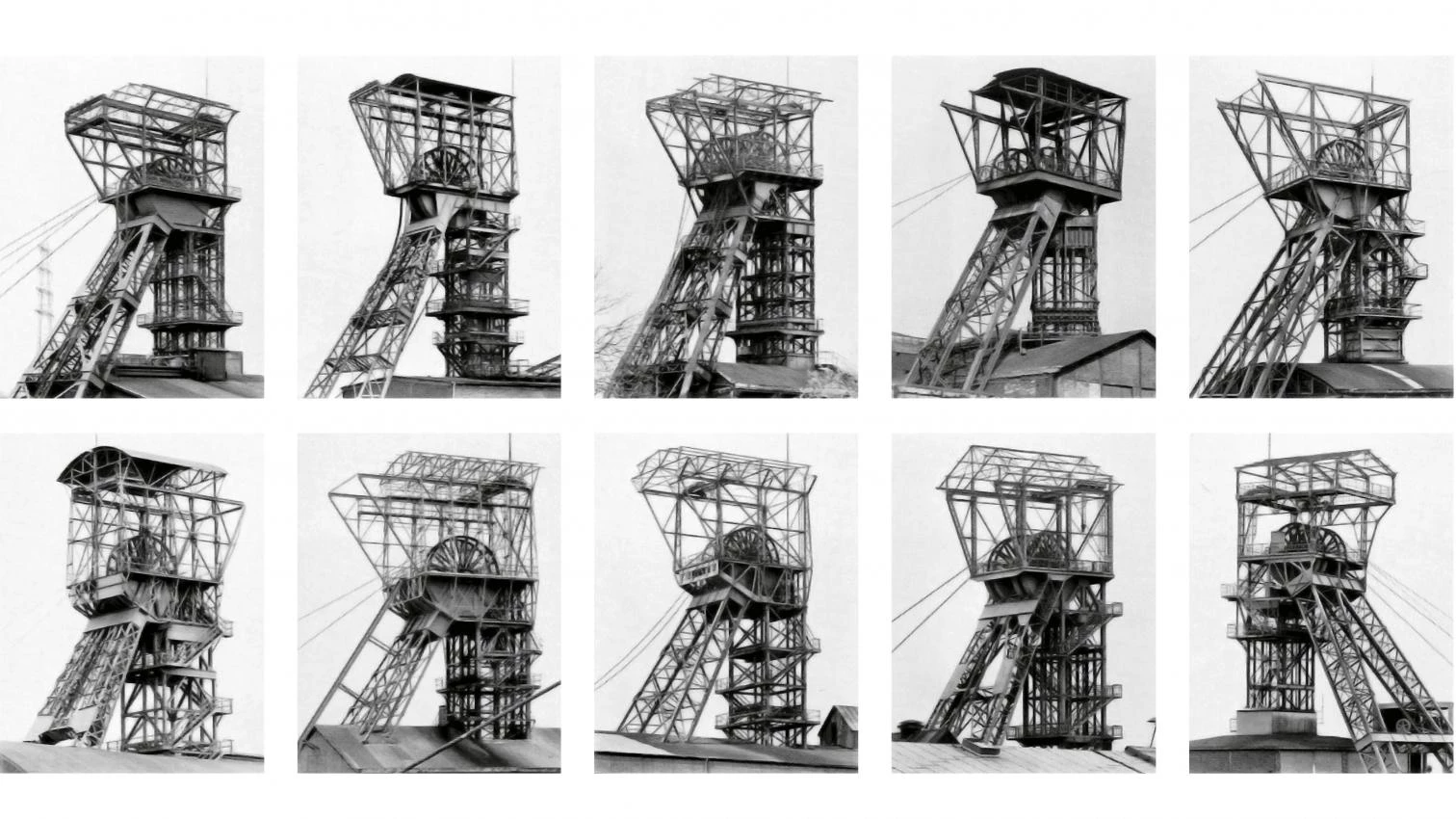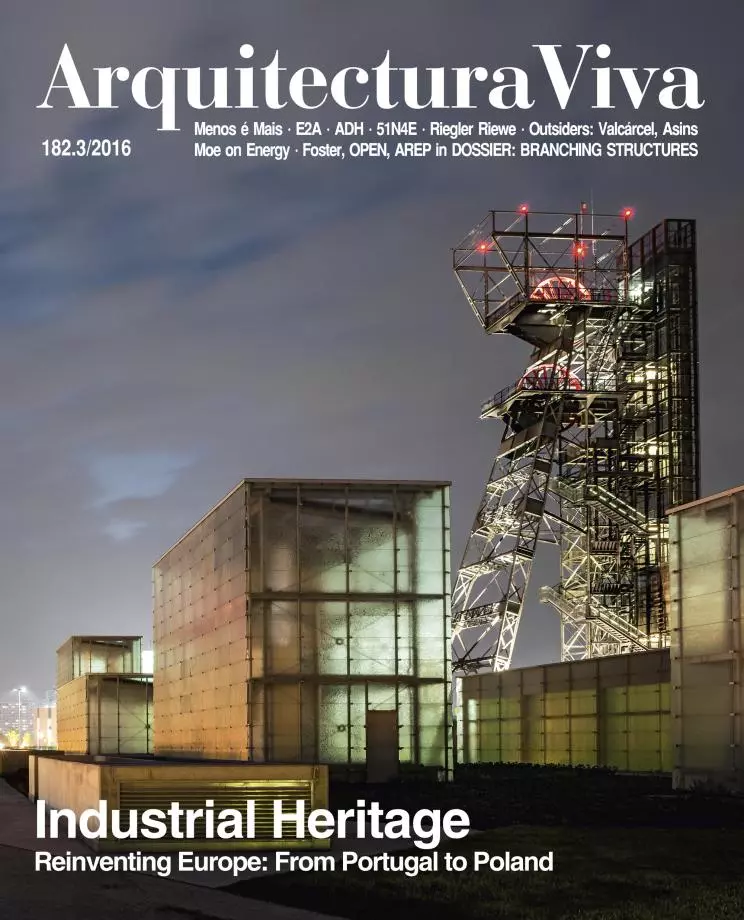
In the midst of the Third Industrial Revolution, we must not forget the First and the Second. Between the 18th and 19th centuries, Europe was the stage of a huge technical and social mutation, the greatest experienced by humanity since the Neolithic Period, leading from an agrarian and rural economy to an industrial and urban one, driven by coal, the steam engine, and the railway, and we agreed to call this transformation the First Industrial Revolution. The following radical change would take place between the 19th and the 20th centuries, spanning a broader geographical area, and would again modify the economic structure and everyday life under the impact of oil, electricity, and the automobile, vectors of what we refer to as Second Industrial Revolution. Today we are going through a new mutation, developed between the 20th and 21st centuries,
and supported by the two feet of renewable energies and digital media and tools, another historic transformation that has been coined Third Industrial Revolution, a term used by the European Parliament and that the activist Jeremy Rifkin describes as a combination of Internet, green energy, and 3-D printing with the so-called ‘distributed economy,’ a sustainable form of capitalism that is based on a network of small and medium-sized businesses, and that seems to be more efficient in stimulating innovation than either centralized or unconnnected, decentralized economies.
The industrial heritage is a material tool that helps us recall the historic mutations that have made us what we are; without it, technical, economic, and social transformations would be unintelligible. Moreover the buildings and landscapes that emerged from and witnessed this change are valuable physical and territorial structures that accumulate the materials, energy, and human effort that made them possible, so their conservation and recycling for new uses is nothing but a reasonable ecological imperative. Deposits of collective memory, and deposits also of work and talent, the built remains of the industrial revolutions deserve to be maintained as an essential part of our mental and material heritage. But just as the memories of the most
tragic events of our common past must be tempered by a yearning for reconciliation that demands the amnesty of amnesia, recalling the most noteworthy achievements of our technical and industrial history must not preclude doing without them when their physical survival impedes the transformations social changes demand, avoiding the syndrome of ‘Funes el memorioso,’ the character of Borges whose endless capacity to remember condemns to immobility. Discerning between what deserves to be remembered and what can be forgotten, between what should be preserved and what can disappear, is a hard and risky task, but also a challenge that the societies of the Third Industrial Revolution must face.





